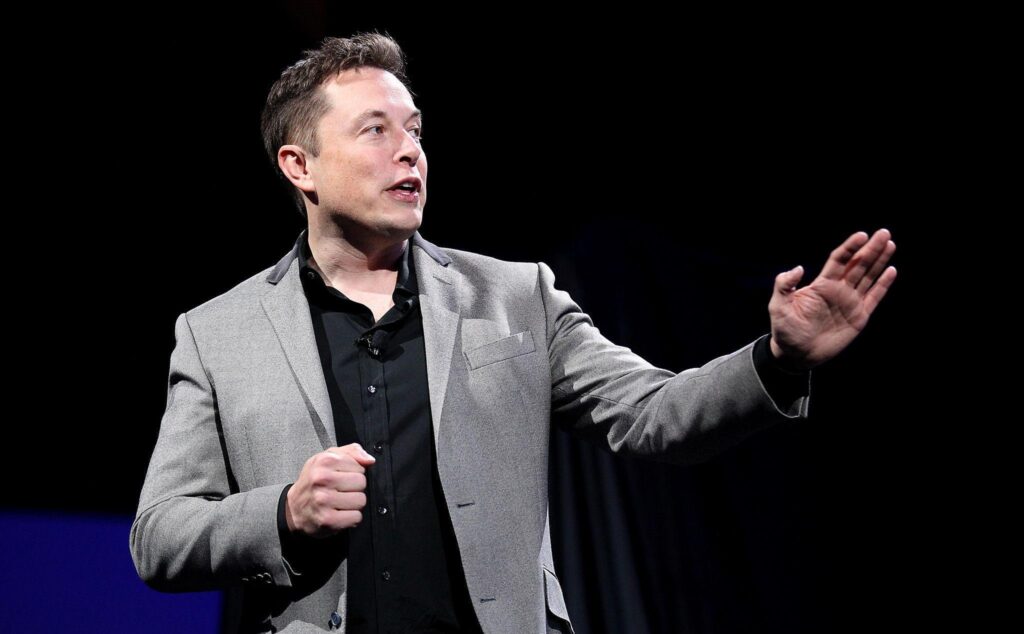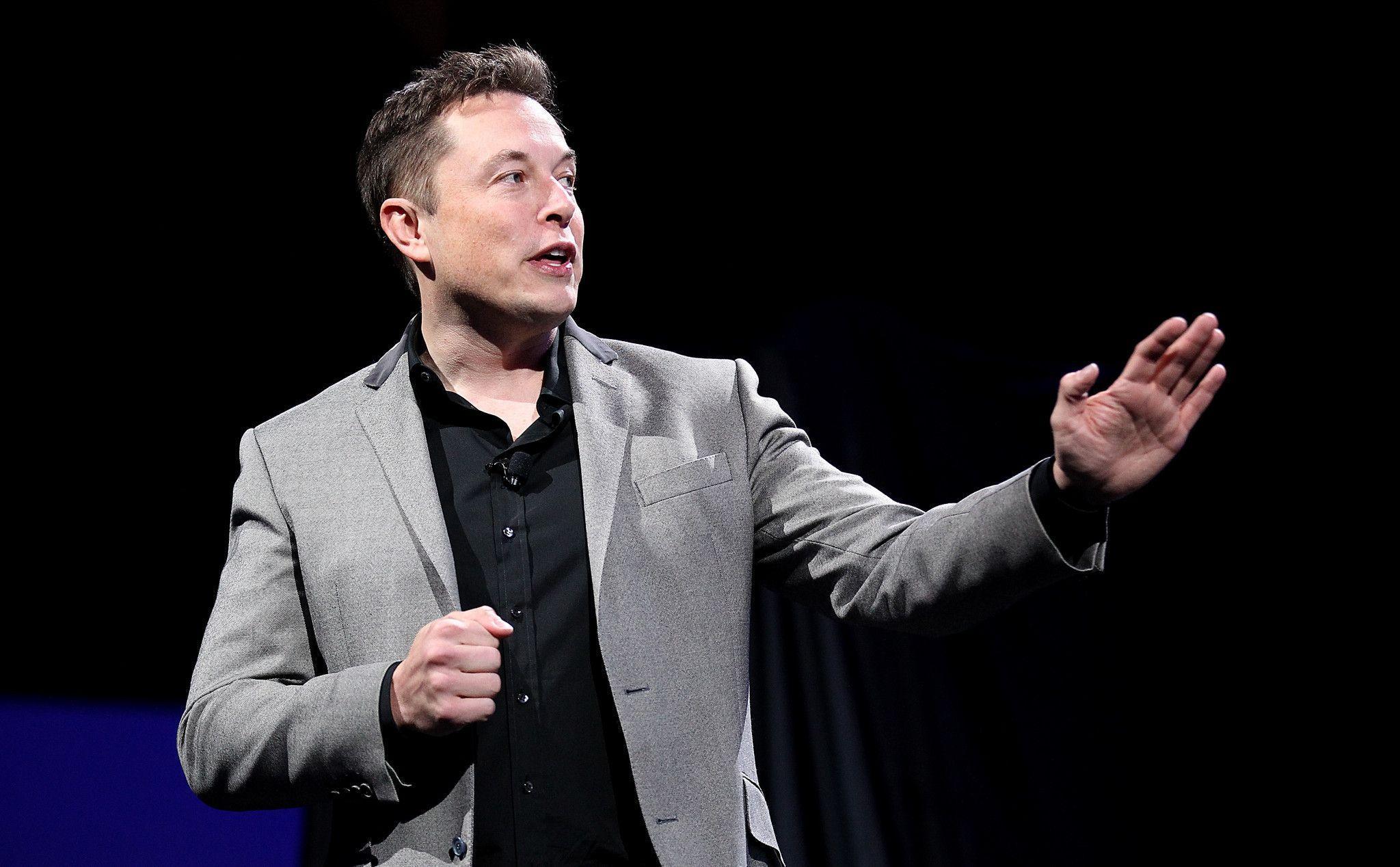Tesla, Tesla Model Y, Elon Musk, electric vehicles, EV market, auto industry, high interest rates, Chinese automakers, Tesla competition, Tesla vehicle deliveries, Tesla strategy, Tesla pricing, Tesla production, Tesla China market, Tesla innovations
Tesla is grappling with market challenges as it delays the refresh of its Model Y amid rising interest rates and increasing competition from Chinese automakers. Explore the implications for Tesla’s strategy, vehicle deliveries, and market presence in this comprehensive analysis.

Tesla, the pioneering electric vehicle (EV) manufacturer led by Elon Musk, is experiencing a period of turbulence as it navigates the complexities of an evolving automotive market. High interest rates have dampened consumer enthusiasm for big-ticket purchases, while competitors, especially in China, are introducing more affordable models. As the industry shifts, Tesla’s strategy and product refresh cycle have come under scrutiny. This article explores Tesla’s current challenges, market dynamics, and the implications for its future.
Delayed Refresh of Model Y
Recently, Elon Musk confirmed via social media platform X that Tesla will not be launching a refreshed Model Y this year. “No Model Y ‘refresh’ is coming out this year,” Musk stated, emphasizing that Tesla continuously improves its vehicles, making incremental updates rather than complete overhauls. This approach aims to keep Tesla’s models competitive, even if major refreshes are delayed.
The Impact of High Interest Rates
High interest rates have significantly impacted consumer spending on high-cost items, including automobiles. The increased cost of borrowing has made it more difficult for consumers to finance vehicle purchases, leading to a decline in demand for luxury and high-end vehicles. Tesla, known for its premium pricing, has felt the effects as potential buyers become more cautious.
Competition from Chinese Automakers
China, the world’s largest auto market, presents a unique challenge for Tesla. Chinese automakers are rapidly advancing in the EV sector, offering more affordable models that appeal to a broader audience. Companies like BYD, NIO, and Xpeng are not only competing on price but also on technological innovation and local market understanding. This competitive landscape pressures Tesla to adapt and respond to maintain its market share.
Decline in Global Vehicle Deliveries
Tesla’s global vehicle deliveries fell in the first quarter of this year, marking the first decline in nearly four years. This drop is a significant indicator of the broader challenges Tesla faces. It underscores the need for the company to address both its pricing strategy and the frequency of its model refreshes to stay competitive.
Strategic Considerations for Tesla
Tesla’s strategy has historically focused on innovation, premium quality, and a strong brand presence. However, the current market conditions require a reevaluation of this approach. Here are some strategic considerations for Tesla moving forward:
Incremental Improvements vs. Major Refreshes
While Musk highlighted Tesla’s philosophy of continuous improvement, the absence of major refreshes can be a double-edged sword. Incremental updates ensure that the vehicles remain up-to-date, but without significant redesigns, the appeal of Tesla models might wane over time. Striking a balance between these updates and more substantial refreshes could help maintain consumer interest.
Pricing Strategy
With high interest rates affecting consumer spending, Tesla may need to reconsider its pricing strategy. Introducing more budget-friendly models or offering more attractive financing options could help capture a broader market segment. Additionally, exploring cost-saving measures in production could enable Tesla to reduce prices without compromising quality.
Expanding Production Capabilities
To compete effectively in the global market, Tesla needs to enhance its production capabilities. Investing in new production facilities, particularly in key markets like China, could help reduce costs and improve supply chain efficiency. Local production would also allow Tesla to better cater to regional preferences and regulatory requirements.
Enhancing Market Presence in China
China’s automotive market is crucial for Tesla’s growth. Strengthening its market presence through localized strategies, partnerships, and tailored marketing campaigns can help Tesla compete with domestic EV manufacturers. Understanding local consumer behavior and preferences is essential for developing products that resonate with Chinese buyers.
The Road Ahead for Tesla
Despite the challenges, Tesla remains a formidable player in the EV market. Its brand strength, technological leadership, and loyal customer base provide a solid foundation for future growth. However, adapting to the current market dynamics is crucial for sustaining its competitive edge.
Leveraging Technological Advancements
Tesla’s commitment to innovation continues to be a significant advantage. The company’s advancements in battery technology, autonomous driving, and energy solutions position it well for future opportunities. By leveraging these technologies, Tesla can differentiate its products and offer unique value propositions to consumers.
Fostering Customer Loyalty
Maintaining strong customer relationships is vital for Tesla. Providing exceptional after-sales service, engaging with the community, and ensuring high levels of customer satisfaction can help build loyalty. Satisfied customers are more likely to become repeat buyers and advocates for the brand.
Navigating Regulatory Challenges
As the global regulatory landscape for EVs evolves, Tesla must stay ahead of compliance requirements. Proactively addressing emissions standards, safety regulations, and sustainability goals will not only mitigate risks but also enhance Tesla’s reputation as a responsible and forward-thinking company.
Capitalizing on the Transition to Sustainable Energy
The global shift towards sustainable energy presents significant opportunities for Tesla beyond the automotive sector. Expanding its energy solutions business, including solar products and energy storage systems, can diversify Tesla’s revenue streams and reinforce its position as a leader in the clean energy transition.
Conclusion
Tesla’s journey in the automotive market is marked by innovation, challenges, and resilience. The company’s ability to navigate high interest rates, intense competition, and shifting consumer preferences will determine its future trajectory. By balancing incremental improvements with strategic refreshes, adapting its pricing strategy, and enhancing its market presence in key regions, Tesla can continue to drive forward in the rapidly evolving EV landscape.
As Tesla faces these hurdles, its commitment to technological advancement and sustainability remains a beacon of hope. The company’s success will hinge on its agility in responding to market conditions and its unwavering focus on delivering value to its customers. The road ahead may be challenging, but with the right strategies, Tesla can continue to lead the charge in the electric vehicle revolution.
Read More
